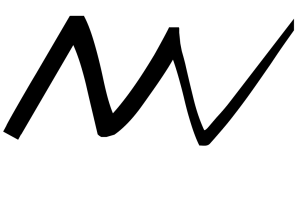Silicon (Your Source for Solar Powered Energy)
Silicon
Silicon is an element that truly makes a human or any other animal or plant have a vibrant and radiant appearance. It is referred to as the “magnetic” element some times, but mostly it is known for its use in microchips in the technology industry. Silicon readily binds to Oxygen to make a compound found in quartz crystals. These crystals need a little voltage applied to them to essentially activate a continuous electrical circuit. Just about every cell in the human body contains potassium inside (negative charged), and sodium and calcium outside (negative charge). When our hydration levels are excellent, which should always be the case, these minerals naturally dissolve in water and become “charged” particles, or ions. Since almost every cell in humans contains these three ionic minerals, they are crucial to create the “spark” of life. Our cells have a Potassium-Sodium Pump that essentially acts as a gate for mineral fluid to flow in and out of cells. As water flushes into the cell carrying Sodium and Calcium with it, the charge is too great for the cell thereby forcing out the Potassium (two particles with a negative charge will repel each other). Because we have the ability to create a natural spark, or voltage, which travels through the nervous system, these nerve cells must branch out like trees to all parts of the body so we can appropriately fire the right movement pattern. All cells should be radiant and therefore contain silicon, especially the nerve cells of the body. As each cell creates a “spark” the properties of Silicon take over and create a continuous electrical surge through the rest of the nervous system in a phenomenon known as Piezoelectricity. Without Silicon, clearly we would be dull looking and gradually decompose back to the minerals of the Earth. Silicon is also the predominant element in solar cells, and we all know how important the sun is to life, therefore, humans are actually trillions of “solar powered cells.” Silicon makes nerve signals travel faster and more efficiently, but when we become deficient our nervous system gets overactive and creates all kinds of issues – stress, inflammation, dis-ease, cancer, degeneration. From a food perspective, silicon helps to neutralize the acids, or sugars, of the foods we consume. There is not nearly as much research on this element as there is with some other ones so I will finish this up by including a few foods that contain silicon. I think the point made above is pretty clear of the importance this mineral has on human health. Consuming foods with this element is not the case, we must clean up our lifestyles and food choices so that we have less stress and a higher absorption rate. The key is to ABSORB all minerals, including silicon, in the right ratios. With all that said, Silicon can be found in kelp, nuts, seeds, rice, oats, and unpasteurized goat/sheep milk or unpasteurized goat/sheep cheese.

